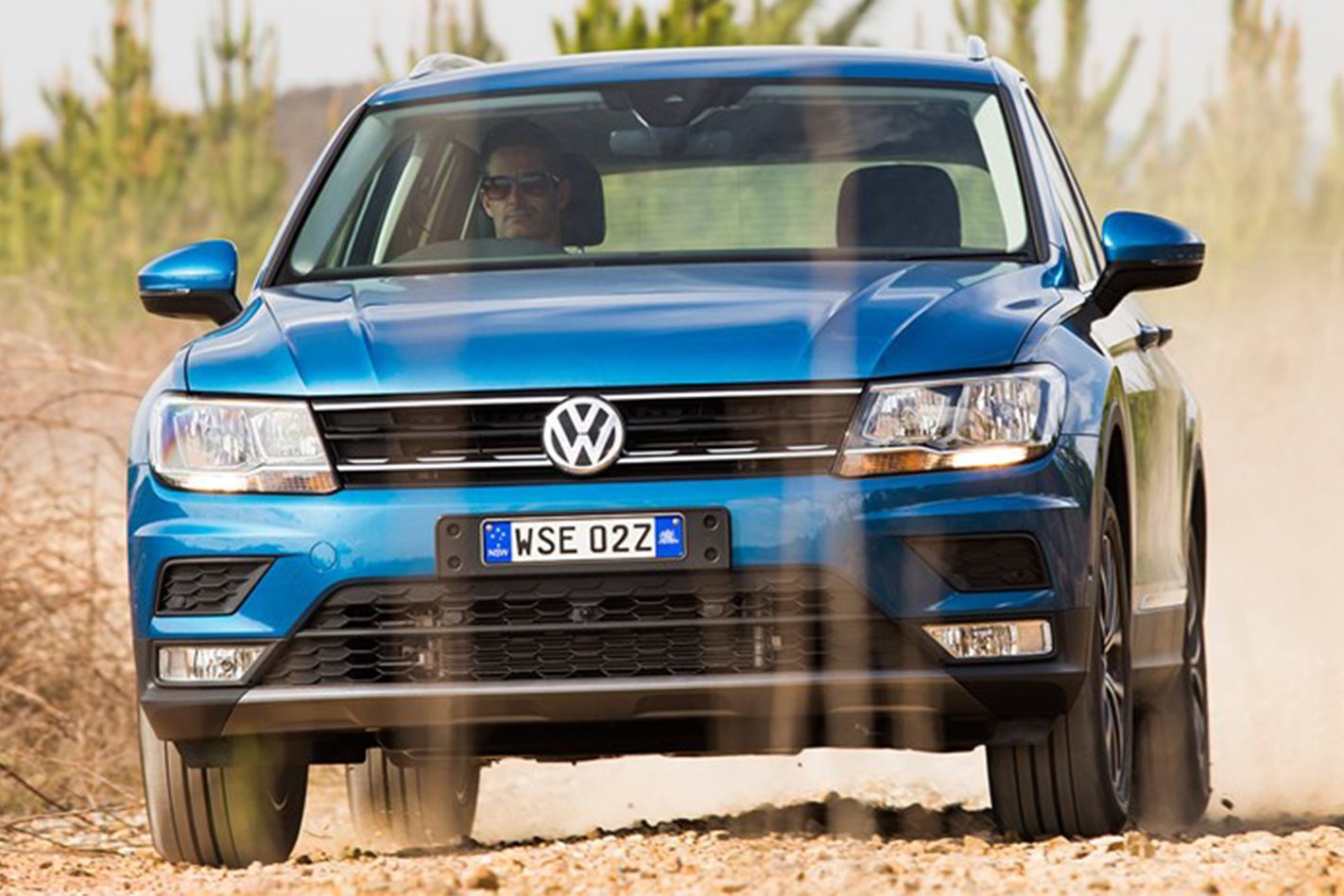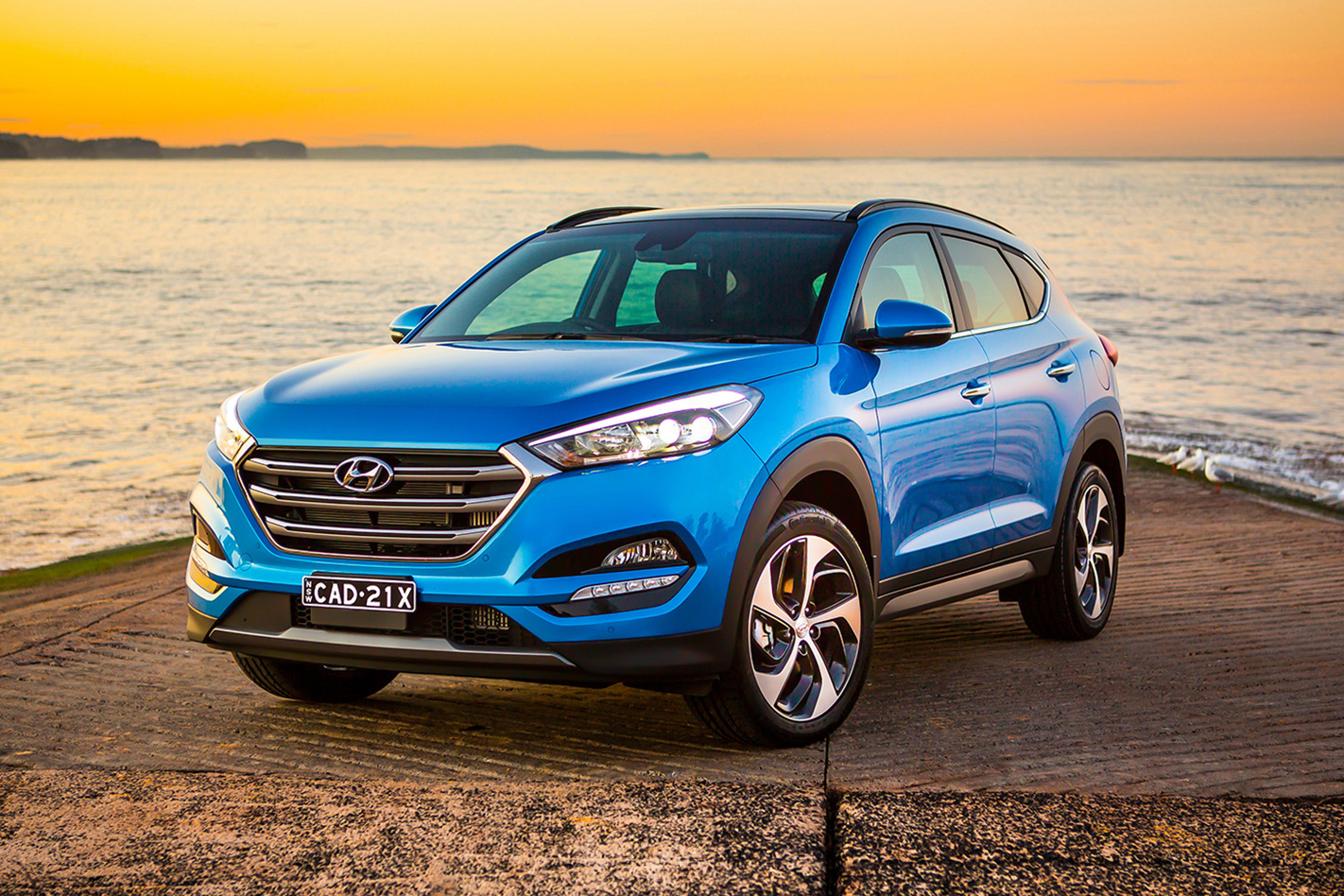
QUESTION – PETER: I’m looking to purchase a small to medium SUV for myself and my wife. We are in our early sixties and live in a rural area outside the city. We are both currently working in town and commute each workday. We often travel long distances to visit family and enjoy travelling in country areas. The following is a bucket list of things that are important to us:
1. Safety is our number one priority, followed by running costs (including servicing). 2. Comfort and lack of road noise. 3. Performance. Don’t like engine lag or slow performance. 130kW is probably a minimum. Open to advice however. 4. Climate controlled air conditioning. 5. Prefer a full size spare for country use, however, this is not a game-changer. 6. Alloy rims – 18-inch or 19-inch wheels? 7. AWD is my preference, but I am open to your advice. 8. Satellite navigation; Bluetooth; voice-activated handsfree technology. Currently have Apple devices. 9. Good sound system for long journeys. 10. Driving usage is approximately 500km per week on sealed roads, often highway conditions. Very little, if any, slow traffic conditions or off-road. 11. Hot and dry in the summer and wet, frosty and cold in the winter months. Perfect the rest of the time! 12. Features as above, as well as good cabin space. Fold down rear seats would be helpful. We do not plan to tow with this vehicle. Automatic transmission is now a must for us, as is good emissions control. 13. We are happy to entertain the purchase of a demonstrator to get the things that we are looking for. 14. We are getting close to our retirement years and appreciate our comfort. Safety, however, is our main priority. 15. We are currently doing our research and are looking at Ford Kuga; Mazda CX-5; Renault Koleos; Hyundai? We are open to any advice you may be able to provide us with. Thank you for providing this service.
BUDGET: $40,000
RESPONSE – TOBY: Considering your requirements for safety there are two cars that stand out. Each gets the latest active safety features, which can help afford a crash in the first place; the key one is AEB, or autonomous emergency braking, which can automatically apply the brakes to avoid a nose-to-tail crash. On top of that each also matches others in the class for all-round airbag protection and a solid body structure that helps protect occupants in a crash.
The first is the Mazda CX-5. It’s an excellent value mid-sized SUV with an elegant interior and punchy 2.5-litre four-cylinder engine in the all-wheel drive models (the 2.0-litre is underpowered, so we’d leave that off your shortlist). Or you can choose a diesel engine, which could be the better bet for you considering the country driving you do; the diesel has more pulling power, so is great for freeway driving. Plus, it’ll use less fuel.The CX-5 also has plenty of gear in the cabin, including satellite-navigation on all but the base model. There’s also a great Bose sound system on the top two models, the GT and Akera. And if you can stretch the budget to that Akera it comes with radar cruise control, which maintains a set distance to the car in front.
Keep in mind, though, that Mazda will begin selling an all-new CX-5 in about March/April next year. It’s expected to make another leap in fuel economy and refinement, so if you can wait it could be worth it.The other car worth a look is the Volkswagen Tiguan. With a new body, it has a much bigger body than the original Tiguan and is a huge step up when it comes to occupant comfort; refinement, in particular, is impressive, so it’s relatively quiet on big freeway drives. It also gets Apple CarPlay and Android Auto connectivity, which is a great way to connect the latest smartphones, allowing main features to be controlled through the central touchscreen.
The Tiguan also has a wide range of engine options, with the 132TSI (petrol) or 140TDI (diesel) the best suited to your requirements. The petrol engine requires premium unleaded, but the trade-off is very low fuel use. They’re linked to a slick-shifting DSG automatic transmission, which is very intuitive and smooth in its gear changes. However, that DSG can hesitate when taking off from a standstill, particularly on hills or more sudden take-offs.
The Tiguan is also more expensive than most rivals, in part because it has fantastic attention to detail and an upmarket interior. So in some ways you’re paying for the core engineering rather than just features.

Speaking of wheels, you mention 18- and 19-inch alloys. We wouldn’t get too hung up on the diameter, mainly because the bigger wheels on cars like this are often chosen because they give the car a more aggressive look. Larger wheels can also improve steering accuracy. However big wheels often have a lower profile tyre (meaning less air between the rim and the road) so can make the ride slightly bumpier. As a general rule, bigger tyres also cost more to replace. And those low profile tyres aren’t as well suited to driving on gravel (especially sharp rocks) because they are more susceptible to punctures.



